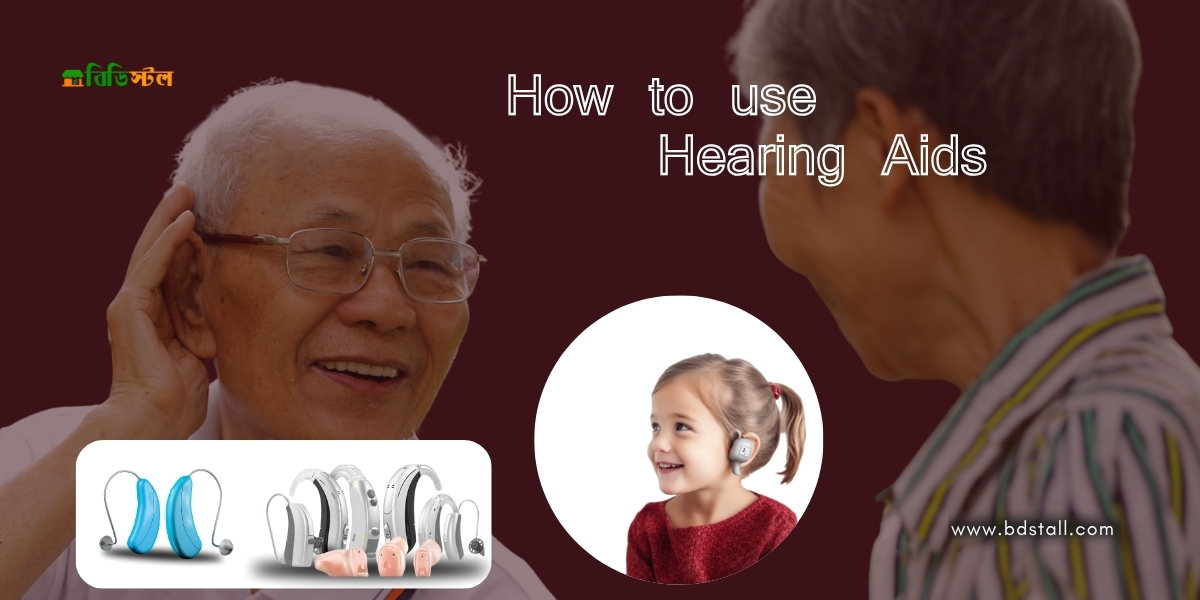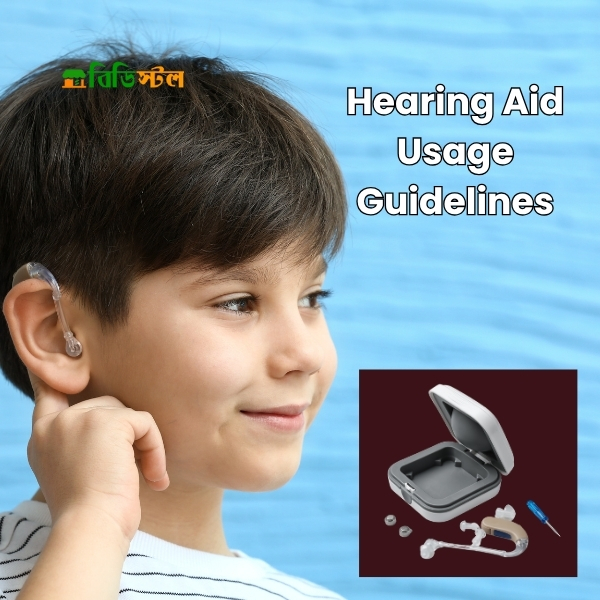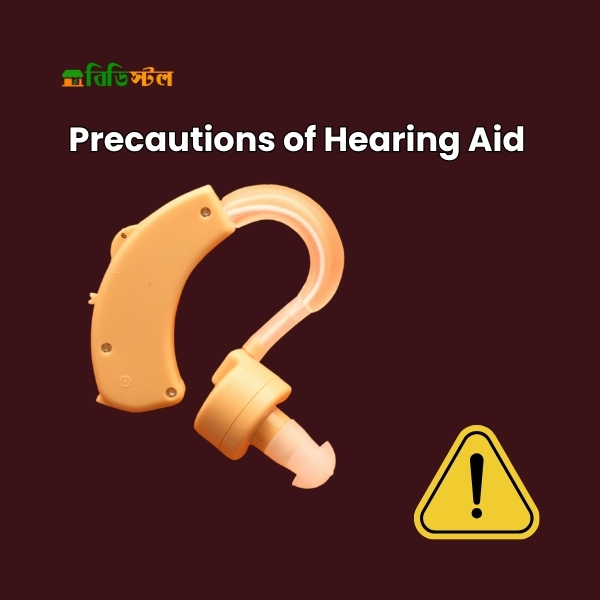
Hearing loss is a widespread issue, affecting both young children and older adults more frequently. Moreover, it is not a secret. This type of problem affects people's lives in various ways, including normal activities and communication. And, the only solution to this problem is hearing aid, which plays an effective role in helping you hear better and communicate with people around you. If you want to buy or upgrade a new hearing aid, then our blog will help you make the right decision. So let's learn more about the rules for using hearing aid and their advantages and disadvantages.
Hearing Aid Usage Guidelines
Follow the basic guidelines below to ensure that your hearing aid works effectively and lasts a long time-

- Always insert and remove your hearing aid gently to avoid damaging the hearing aid. If you are unsure, it is best to consult an audiologist for proper instructions.
- Clean your hearing aid device daily to prevent earwax buildup. Use the soft cloth provided by your audiologist to clean it so that the device stays in good condition. Regular cleaning will increase the durability of your hearing aid.
- Moisture is the leading threat to hearing aids. Do not use these types of devices in the rain or during heavy physical exertion. And, when you are not using your hearing aids, store them in a dry, safe place.
- Hearing aid batteries typically require frequent replacements. Therefore, always keep extra batteries on hand. Also, if your device is rechargeable, make sure it is charged regularly. A dead battery can prevent you from hearing clearly, which is frustrating and inconvenient.
- It is essential to have your hearing aid checked by an audiologist at least once or twice a year. This will allow you to know the effectiveness of your hearing aids and make adjustments as your hearing changes.
Precautions when using Hearing Aid
While hearing aid can greatly improve your hearing experience, it is important to follow some precautions-

- Pushing the hearing aid too far into the ear may lead to discomfort or harm. Always follow the manufacturer's instructions for proper use.
- If you experience any discomfort, irritation, or pain, remove the device from your ear and contact your audiologist for advice. If symptoms of prolonged discomfort occur, you should have the device adjusted.
- Keep these types of devices out of the reach of children and pets. Hearing aid can sometimes pose a choking hazard. When not in use, be sure to store them in a safe place.
Most Frequently Asked Questions About Hearing Aid
1. How often should I clean my hearing aid?
It is essential to clean your hearing aid daily to prevent dirt buildup and ensure optimal performance. Use a soft cloth and brush when cleaning.
2. Which one should I buy between rechargeable and battery-operated aid?
Rechargeable hearing aid is easy to use and environmentally friendly, but battery-powered hearing aids are usually cheaper and more readily available.
Therefore, when purchasing advanced hearing aids, one should seek advice from a professional audiologist. In addition to checking the correct level of hearing in your ears, it will be easier to buy the right hearing aid, which will truly change your life.